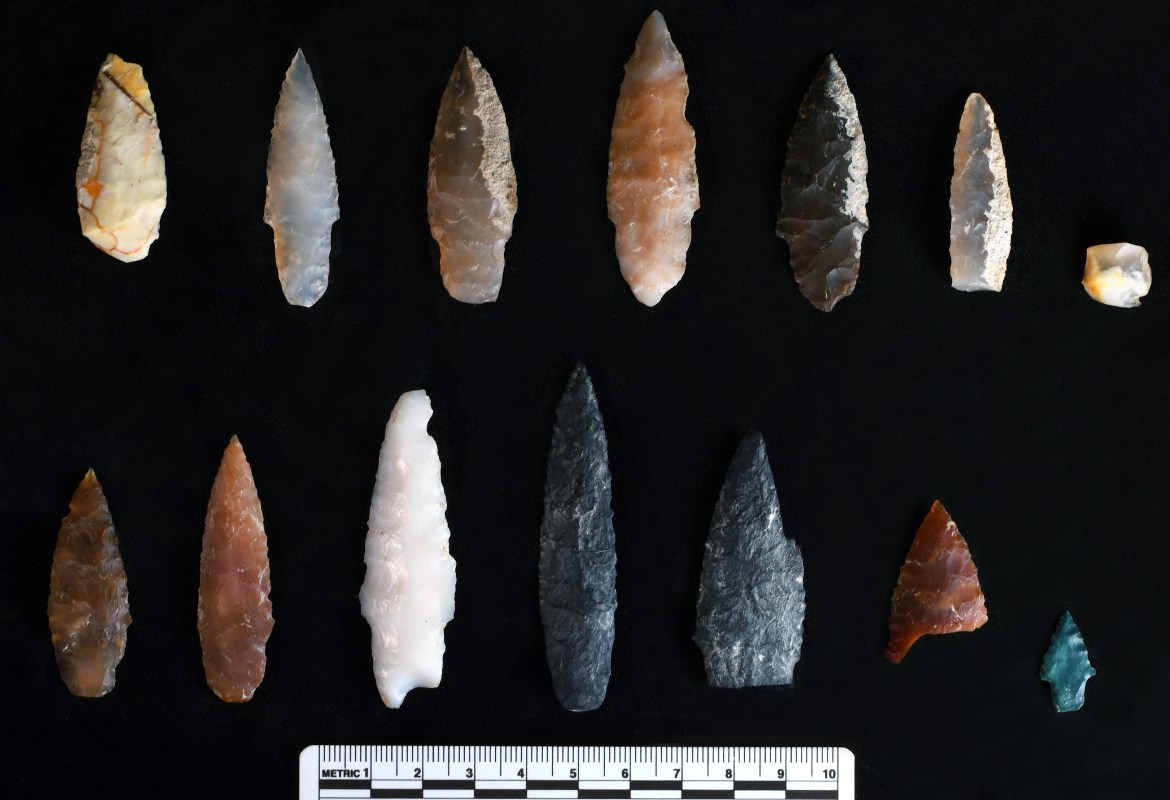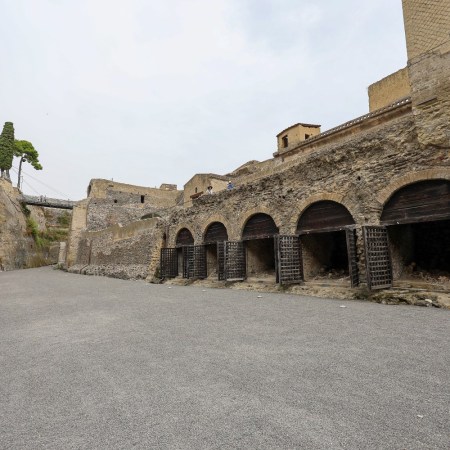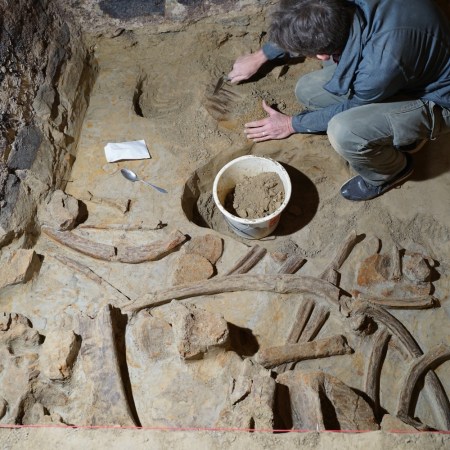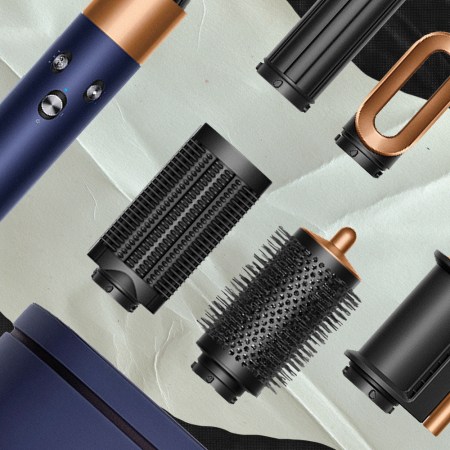The Clovis culture comes up frequently when discussing the earliest known inhabitants of North America. The culture is believed to have flourished in the Americas between 13,000 and 11,000 years ago — and while it’s no longer believed to be the oldest such culture in North America, it still serves as a useful benchmark for other ancient finds in the Americas.
All of that is prelude to a new report from Oregon State University, where a team of archaeologists recently unearthed a group of 14 projectiles in present-day Idaho that date back to 3,000 years before the Clovis culture was on the scene. As an article in ARTnews points out, this makes this new discovery the oldest of its kind ever located in North America.
The discovery took place at a site known as Cooper’s Ferry in western Idaho, close to the Salmon River. The archaeologists documented their findings in a paper published in the journal Science Advances. As the authors of the paper point out, the projectiles offer a new perspective on the initial arrival of humans on the continent.
Specifically, they point to the look and feel of the tools discovered as helping to reveal more about the ancestry of their makers. “[W]e must also rely on a close assessment of technological (stone tool) evidence to identify potential regions from which the First Americans may have originated,” the paper’s authors write.
Oregon State professor Loren Davis, one of the paper’s authors, noted that the projectiles resemble tools found near what is now Hokkaido, Japan which date back to between 16,000 and 20,000 years ago. These 14 projectiles could have a substantial impact on what we know about the earliest history of the continent.
Thanks for reading InsideHook. Sign up for our daily newsletter and be in the know.


















